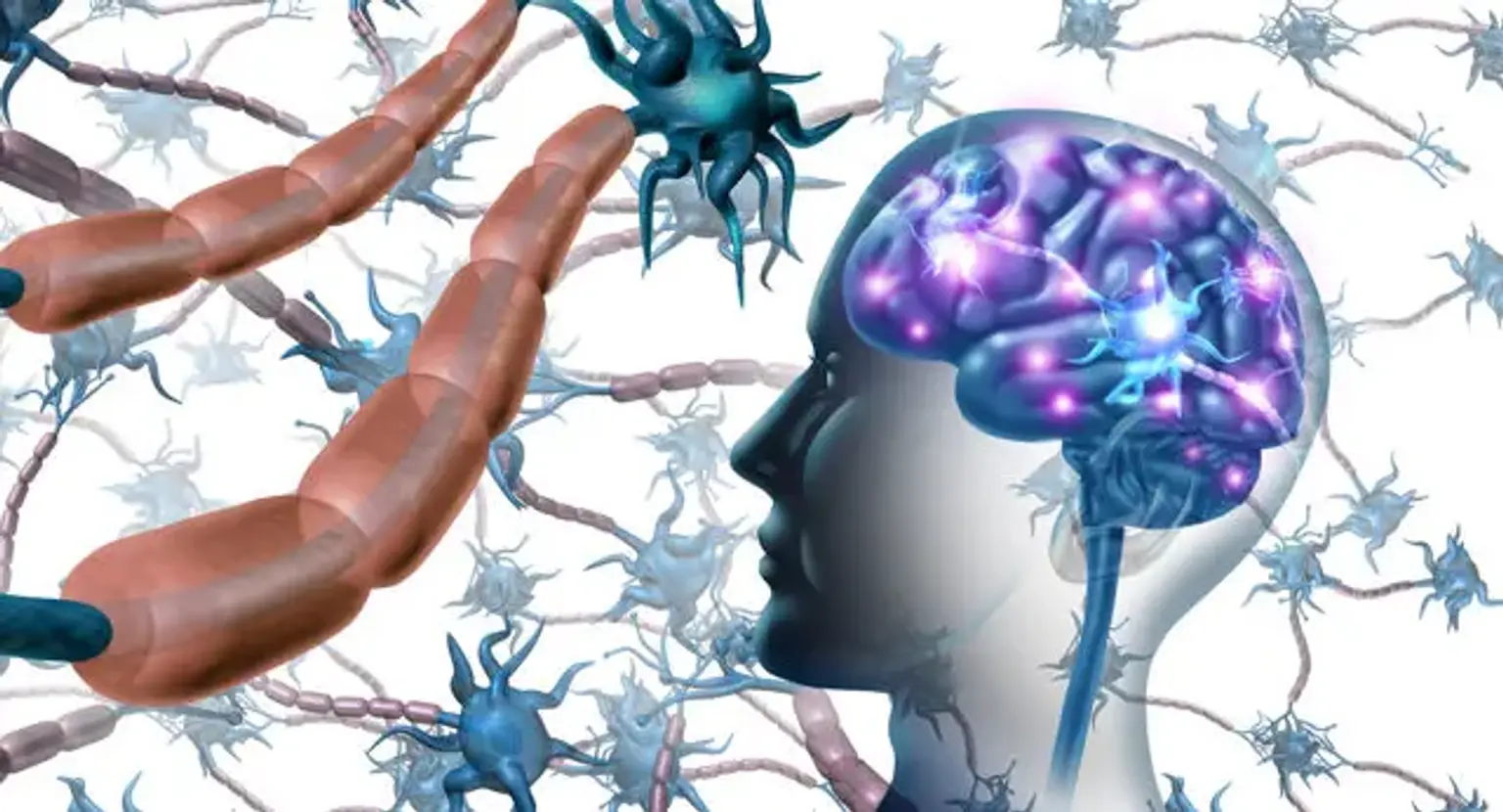Multiple sclerosis
Multiple sclerosis (MS) is a condition associated with the disabling of the spinal cord and the brain. With the disorder, the body's immune system fights healthy cells by accident. Also, the immune system destroys cells in the myelin sheath that protects nerves within the brain and spinal cord in individuals with MS.
Nerve signals from your brain to other areas of your body are disrupted when the myelin sheath is damaged. Symptoms that affect the spinal cord, brain, and eyes are possible as a result of the damage. Other people with chronic cases might lose their capability to walk independently.
